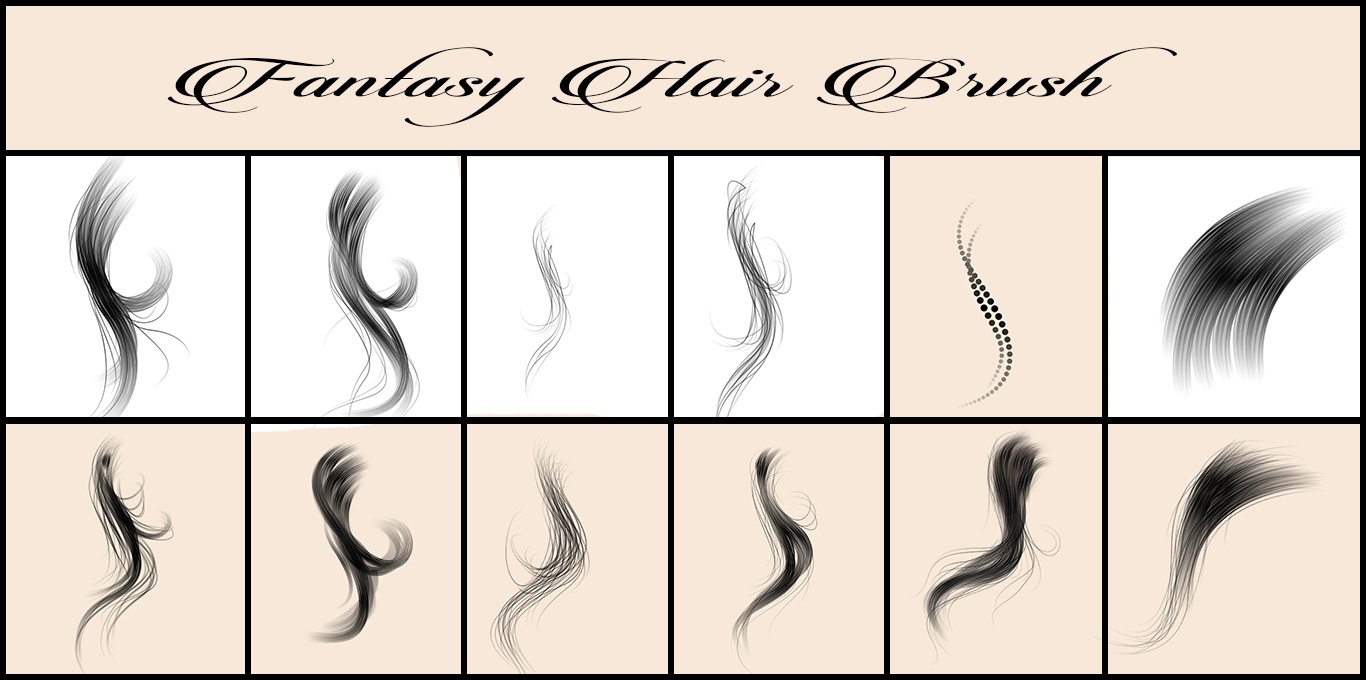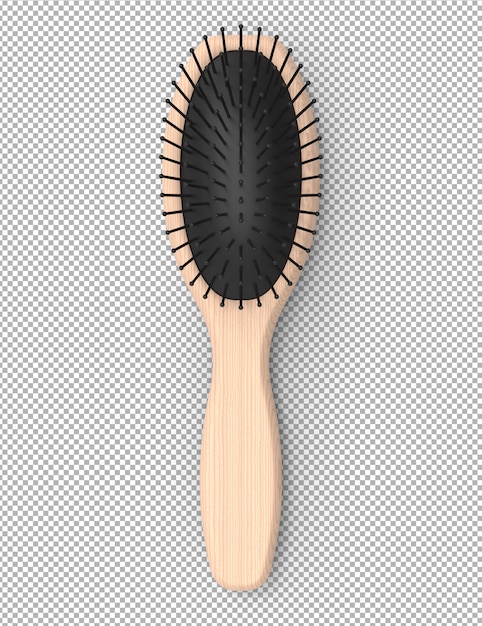


The exception to this rule is for pixie cuts or bangs, where small-barrel round brushes should be used to effectively style. This is a general rule: the smaller the barrel of a round brush, the more curly or wavy your hair will be after blow-drying. This is because you hair can wrap around the brush more times, therefore giving more of a wave. Combs with a spike on one end and very little space between each tooth are great for running alongside a flat-iron for super-sleek hair, or for sectioning hair before a blowout. If you have fine hair, combs with less space between each tooth works well. The spacing between each tooth will tell you what kind of hair the comb is best for. For curly-haired ladies who don't brush their hair outside of the shower, wide-tooth combs (with larger spaces between each tooth) are great options, because they detangle without breaking up the natural curl pattern. Combsīefore getting into the anatomy of brushes, a quick word on combs. For all price points, hair types, and styles, use this hair brush guide to figure out which tool needs a spot on your vanity.

Brushing your hair does more than you might think, too: Along with detangling, brushes can energize the scalp and help evenly distribute oils so you can have a healthy head of hair. With the brush market so heavily saturated right now, picking the perfect one for your hair goals can be difficult. The kind of brush you should use depends on your hair type and preferred styling. What you use when your hair is wet and freshly washed isn't the same as the brush you use when it's styling time.


 0 kommentar(er)
0 kommentar(er)
